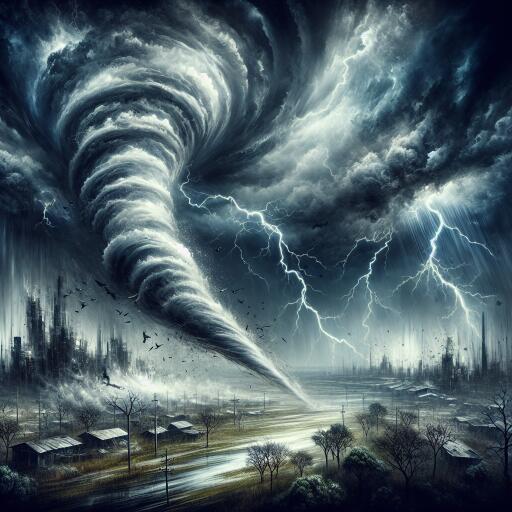
Garth Rattray | Destructive Weather Phenomena – A Promise of Things to Come
The increasing temperature of our oceans is not an isolated phenomenon; it’s a harbinger of a future fraught with more frequent and intense weather events. These phenomena don’t just herald a climatic shift; they ravage coastlines, obliterate infrastructure, claim lives, and have deleterious effects on economies worldwide.
Take, for instance, the extraordinary case of Hurricane Beryl. Beryl wasn’t just any hurricane; it made history by becoming the first major hurricane to form east of the Lesser Antilles in June and achieve Category 5 status early in the year. When its eye skirted south of Jamaica on July 3, it left behind a trail of destruction and a sobering reminder of our vulnerability to nature’s fury—a stark testament to the accelerating pace of global warming driven by human activity.
Not too long ago, coastlines were assaulted by uncharacteristically high waves, absent any significant meteorological event. This perplexing phenomena underscored our susceptibility to the whims of a warming planet. Oceanic waves, predominantly wind-driven, crest and crash due to the friction between wind and the sea’s surface. Though nature also brings us tidal waves, influenced by the gravitational forces of the sun and moon, and tsunamis spawned by seismic activities, our shores were once shielded by thriving mangroves and coral reefs. These natural barriers dissipated the waves’ kinetic energy, safeguarding our coastlines.
A poignant example of this defensive loss can be seen at the Norman Manley Highway leading to the Norman Manley International Airport. Once flanked by thick mangroves, this area now relies on an artificial barricade of boulders for protection against the sea’s relentless advances—a visible sign of environmental degradation.
Our planet is besieged by a plethora of challenges: global warming, pollution, deforestation, and urban sprawl, to name a few, are hastening ecological decline. Human actions are causing the ice at our poles to melt at an alarming rate, contributing to sea-level rise that threatens to upend ecosystems, decimate beaches, and ravage agricultural lands through increased soil salinity.
The 2015 Paris Agreement, a landmark international accord, was aimed at preventing global temperatures from rising more than two degrees Celsius above pre-industrial levels, ideally capping it at 1.5 degrees Celsius. Despite these efforts, temperatures continue to inch closer to critical thresholds. The alarming rate at which climate variability is observed suggests we may soon face the dire consequences once thought to be distant futures.
Moreover, the National Oceanic and Atmospheric Administration recently had to expand its coral reef alert system due to severe bleaching and mortality rates among coral populations, a clear signal of our warming world’s impact on marine life. Furthermore, scientists warn that the Atlantic meridional overturning circulation, a crucial component of the Earth’s climate system, is nearing a tipping point that may have irreversible consequences.
As we navigate through these turbulent times, the reality of climate change becomes inescapable. With predictions pointing towards harsher El Niño and La Niña events, we must brace ourselves for a slew of challenges including droughts, potent hurricanes, beach erosion, and coastal flooding. These phenomena are not merely theoretical predictions but tangible, imminent threats that underscore the urgent need for comprehensive climate action. Our future, and that of generations to come, hinges on our collective response to this global crisis.





Leave a Reply